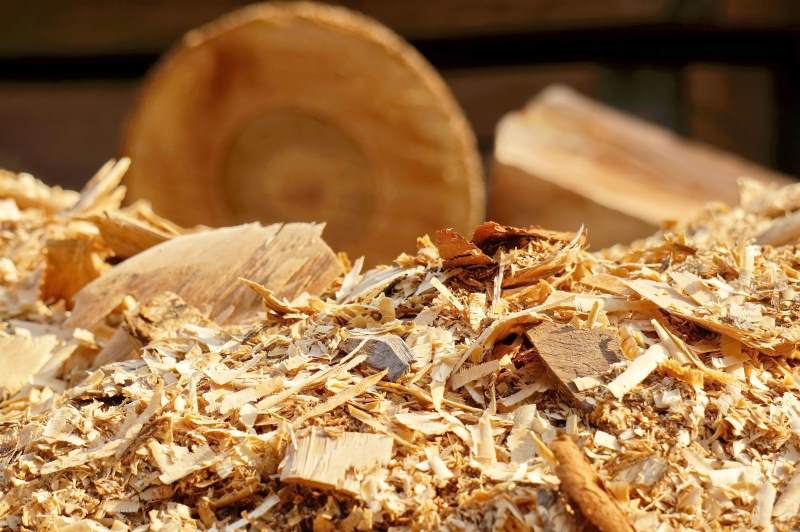Have you ever played with a Rubik’s Cube? At first glance, it looks like a jumbled mess of colors, but with a little patience and skill, you can turn that chaotic mix into a neatly organized puzzle. Refuse-Derived Fuel (RDF) is a bit like solving a Rubik’s Cube but on a much larger scale. Instead of colored squares, you’re dealing with piles of trash, and instead of solving a puzzle, you’re transforming waste into a valuable energy resource.
In a world where landfills are overflowing, and the demand for energy is exponential, RDF offers a creative and practical solution.
What Is Refuse-Derived Fuel?
Refuse-derived fuel, often referred to as RDF, is fuel produced from waste. To create RDF, a waste management company sorts, shreds, dries, and compresses waste materials to produce a uniform fuel product. RDF can be used to generate electricity, heat cement kilns, and contribute to construction projects. Think of it as recycling, but instead of turning plastic bottles into new plastic bottles, you’re turning waste into a fossil fuel alternative that can power homes and factories.
RDF typically comprises waste materials like old tires, plastics, paper, textiles, and wood. As it turns out, much of our waste is carbon-based. This means it’s combustible and can be processed into a consistent, high-energy-content fuel. The end product can take different forms, including pellets, fluff, or briquettes (like charcoal), depending on how it’s processed and its intended use.
Creating RDF: Turning Chaos into Order
Like solving a Rubix Cube relies on patterns repeated over and over, creating RDF requires assembly lines and production systems that perform individual steps again and again.
The first step in the process is sorting, where the waste is separated into different categories. Recyclable materials like metals and glass are removed, leaving behind only those materials that can be burned.
Next the waste is chopped into smaller, more manageable pieces by a waste shredder or RDF shredder. This step is crucial because it ensures that the waste will burn evenly, producing steady and reliable energy.
Drying is often the next step. It reduces the moisture content of the waste. Not all RDF requires drying. However, just like starting a campfire, fuel with water content won’t burn hot and clean.
The final step is compression into pellets or other useful shapes. This process helps with transport and easy combustion.
Where Is RDF Used?
RDF is used in a variety of applications, from power plants to cement kilns. These case studies give some examples of RDF in action.
1. United Kingdom: Powering Cement Kilns
In the UK, RDF is commonly used to power cement kilns. For example, the CEMEX cement plant in Rugby, England, uses RDF to power its kilns. This reduces its reliance on coal and helps divert waste from landfills. Using RDF helped CEMEX achieve a 40% reduction in carbon emissions by the end of 2022.
2. Japan: High-Efficiency Power Plants
In Japan, where space for landfills is extremely limited, RDF is used in high-efficiency power plants to generate electricity. The Akita RDF Power Plant is one such example. Agricultural by-product and wood by-product are used as a feedstock to power the project that maximizes energy output while minimizing emissions. Akita supplies enough clean energy to power 38,000 households.
The Benefits of RDF
At first glance, RDF might sound like just a jazzed-up way of burning trash, but it’s much more than that. RDF offers a range of benefits, both environmental and economic.
1. Reducing Landfill Waste
One of the most significant benefits of RDF is that it helps reduce the amount of waste sent to landfills. Landfills are unsightly and contribute to environmental issues like methane emissions, groundwater contamination, and habitat destruction. By converting waste into RDF, we can significantly reduce the volume of waste that ends up in landfills, helping to mitigate these problems.
2. Lowering Carbon Emissions
RDF also plays a crucial role in reducing carbon emissions. Traditional fossil fuels like coal and oil release large amounts of carbon dioxide when burned, contributing to climate change. RDF, on the other hand, is less carbon-intensive because the carbon released during combustion was originally captured by the plants that eventually became waste. By substituting RDF for fossil fuels, means less fossil fuels are extracted from the earth.
3. Economic Benefits
RDF also offers economic benefits, particularly for waste management companies and disadvantaged communities. For waste management companies, RDF provides a way to extract value from waste that would otherwise be a cost burden. For disadvantaged communities with poor access to traditional power sources, using RDF can supply regular power to households.
The Future of RDF
Despite challenges of emissions, regular waste flow and transportation, the future of RDF looks promising. As technology continues to improve, RDF is becoming an increasingly viable option for waste management and energy production. Innovations in sorting, processing, and combustion are making RDF cleaner, more efficient, and more widely accepted.




